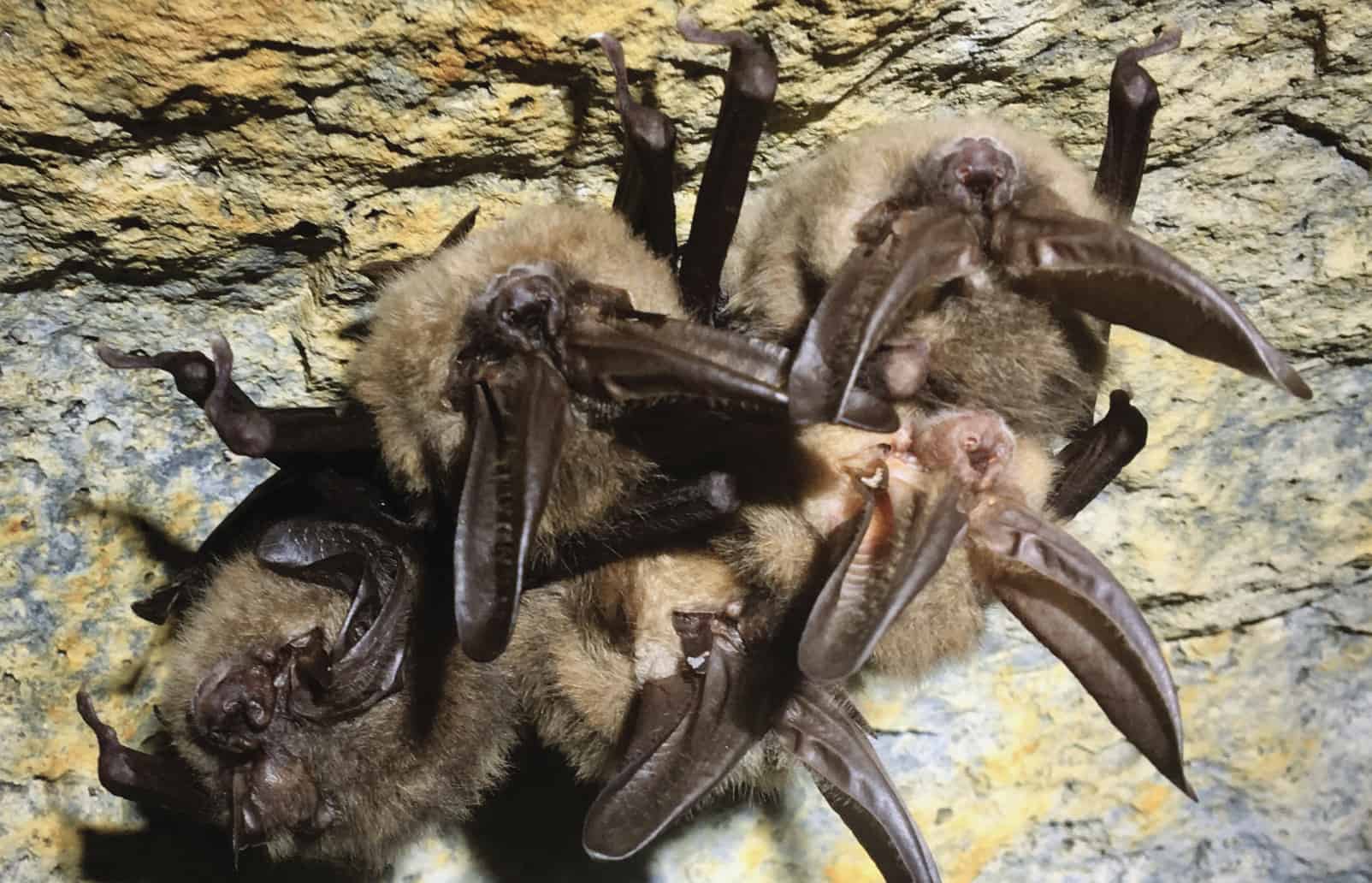Share this article
TWS2020: The road to prime ocelot habitats
Ocelots seeking home ranges are most concerned with finding the right type of habitats though they will try to avoid roads when possible.
“Because they’re habitat specialists, it’s really habitat that’s going to be driving their selection patterns,” said TWS member Amanda Veals, a PhD candidate at the Caesar Kleberg Wildlife Research Institute at Texas A&M University-Kingsville. Veals is one of the scientists involved in ongoing research featured this week at The Wildlife Society’s virtual 2020 Annual Conference on a video presentation.
Road collisions are the number one cause of mortality for ocelots (Leopardus pardalis) in Texas. Veals and her colleagues wanted to see how the cats, federally listed under the Endangered Species Act, were responding to roads on the landscape in an effort to inform habitat conservation efforts and future road collision mitigation actions like building wildlife crossings or fences.
Using telemetry data on ocelots from 1982 to 2017, the researchers analyzed resource selection at several spatial scales to understand how the animals chose their home ranges in south Texas and what types of habitat variables they might prefer. They also looked at how busy the roads were on average based on information from the Texas Department of Transportation.
Another study recently published in Mammal Research showed that ocelots prefer larger, less fragmented patches of thornscrub. Jason Lombardi, a TWS member, is presenting that research as well this week at The Wildlife Society’s virtual 2020 Annual Conference on a video presentation.
So far, Veals’ has discovered that areas with high quality, dense wood cover is the most important factor for ocelots when finding a home range. They will choose these areas even if roads are nearby.
But within these ranges, Veals and her team also found that the cats will avoid these roads more often than other features.
They also found that most of the ocelots’ home ranges were on private rangelands, which isn’t surprising considering 97% of the land in the state is privately owned. In fact, she said that Laguna Atascosa National Wildlife Refuge in South Texas are smaller than some of the private ranches.
“The refuge is encapsulated by a lot of high traffic volume roads,” Veals said. “Private lands are the future for ocelot conservation.”
Veals is currently using the information she and her team gathered to measure landscape connectivity in relation to roads in south Texas. She said this will be used to inform the Texas Department of Transportation about the best places to consider building wildlife crossing structures or take other mitigation actions to decrease the road mortality of ocelots.
“The goal of looking at these resource selection behaviors is to try to mitigate road mortality for this endangered species,” Veals said.
Conference attendees can visit office hours for Veals’ contributed paper on Friday, Oct. 2 from 2 p.m. to 3 p.m. to learn more and ask questions. For Lombardi’s contributed paper, the office hours are on Wednesday, Sept. 30 from 2 p.m. to 3 p.m.
Header Image: Ocelots are more concerned with finding the right habitat types than avoiding roads. Credit: BFS Man








